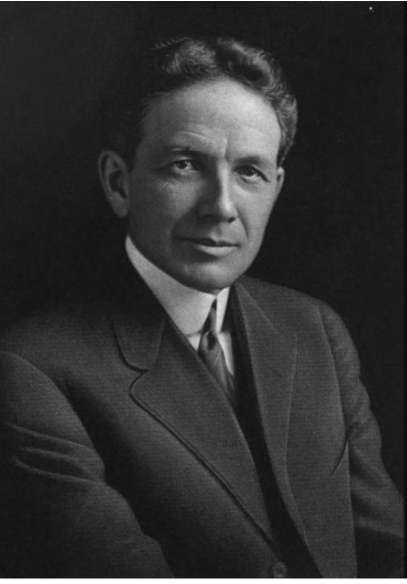
The Durant Dilemma:
When Ownership Becomes Extraction
by Stuart A. Smith III
William C. Durant could see what others missed.
At the dawn of the automobile age, Durant built General Motors from a patchwork of small firms into an industrial heavyweight with brands that remain household names to this day. He understood the economic lift that centralized manufacturing, standardized parts, and national reach would deliver. That vision made him one of the most successful industrialists in American history – for a time.
Durant blazed an unfortunate path that too many entrepreneurs still follow. He treated ownership as liquidity, and his transformative vision soon blurred into indulgence. Every surge of cash or credit became fuel for another acquisition, another speculation, another comfort. He bought GM stock on margin, pledged it to finance a life of privilege and comfort, and behaved as if the enterprise itself were his personal fiefdom.
The market crash of 1920 changed all of that. Credit tightened, confidence evaporated, and Durant’s control of GM was suddenly exposed. Margin calls ravaged his personal liquidity while the company teetered toward insolvency. With hard choices to make, Alfred Sloan and Pierre du Pont stepped in to stabilize GM, but Durant’s association with the company came to an unceremonious end.
Durant didn’t steal. He extracted — converting future value into current lifestyle. That distinction matters, because the habit endures — especially when the numbers look sound.
The Song Remains the Same
A century later, the details had changed – but the trade-offs hadn’t. Nearly twenty years ago, I worked with a client who had built a remarkably profitable contract manufacturing business. Her state- of-the art plant was spotless, the operation hummed, the profits rolled in — and the distributions rolled out. Life was good.
When she later considered a sale, cracks quickly appeared. Her investment on the plant floor hadn’t been matched by comparable investments in leadership depth and customer diversification. Starving those areas had funded distributions, but it came at the expense of long-term enterprise value. Investors saw the imbalance and adjusted their valuations accordingly.
Buyers wanted a real team and a broader customer base to justify the owner’s price expectations. Those investments were in her control, but she had chosen to take the cash instead. In the end, she owned her disappointment.
When Will They Ever Learn
My client’s experience makes it clear that the hallmarks of Durant’s downfall are hardly unique. For business owners seeking to avoid similar mistakes, three important lessons ring true:
Personal liquidity and business value can work at cross purposes
Distributions are healthy and appropriate — they’re a return on risk. The problem comes when they begin to sap momentum. Pulling cash out beyond a reasonable level isn’t profit-taking; it’s reallocating capital from tomorrow’s value creation to today’s consumption. Recognizing that trade-off early is critical.
Reinvestment isn’t expense. It’s preservation.
The investments that keep a business competitive — newer assets, capable management, current systems — rarely feel exciting, but they underpin real value. Treating those costs as optional may boost near-term cash flow, but it quietly hollows out long-term value. Deferred investment doesn’t disappear; it compounds as a discount.
Comfort isn’t the problem.
Balance is. Buyers expect some personal expenses — that’s part of private ownership. What they won’t overlook is uneven reinvestment. A business optimized for lifestyle instead of longevity shows it in the numbers: aging equipment, thin leadership, stale systems, or concentrated customers. Those gaps become discounts. The issue isn’t what the owner took out — it’s what they didn’t put in.
Durant’s downfall wasn’t speculation; it was extraction disguised as success. He believed control and cash flow defined wealth, but wealth-building is an investment discipline. Cash flow rewards ownership; reinvestment sustains it. Every owner faces that same trade-off: build resilience or harvest returns. The smart ones know that taking too much too soon doesn’t build wealth — it preempts it.
Bottom Line:
The most dangerous drain on business value isn’t a bad year — it’s a good one that gets misspent.
© 2025 Stuart A. Smith III. All rights reserved.


